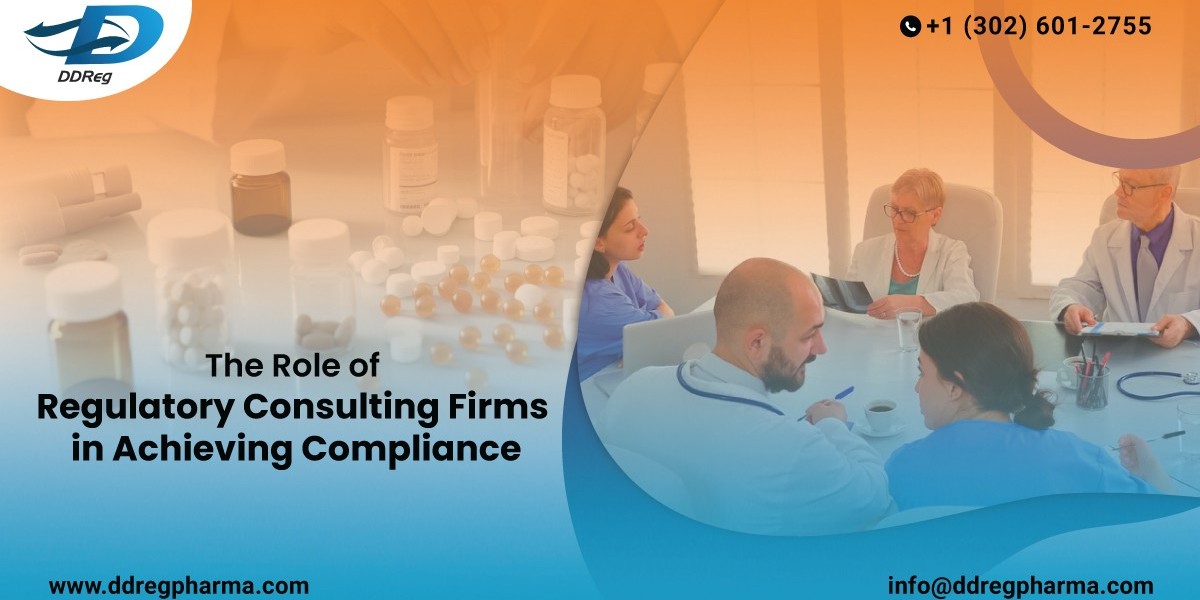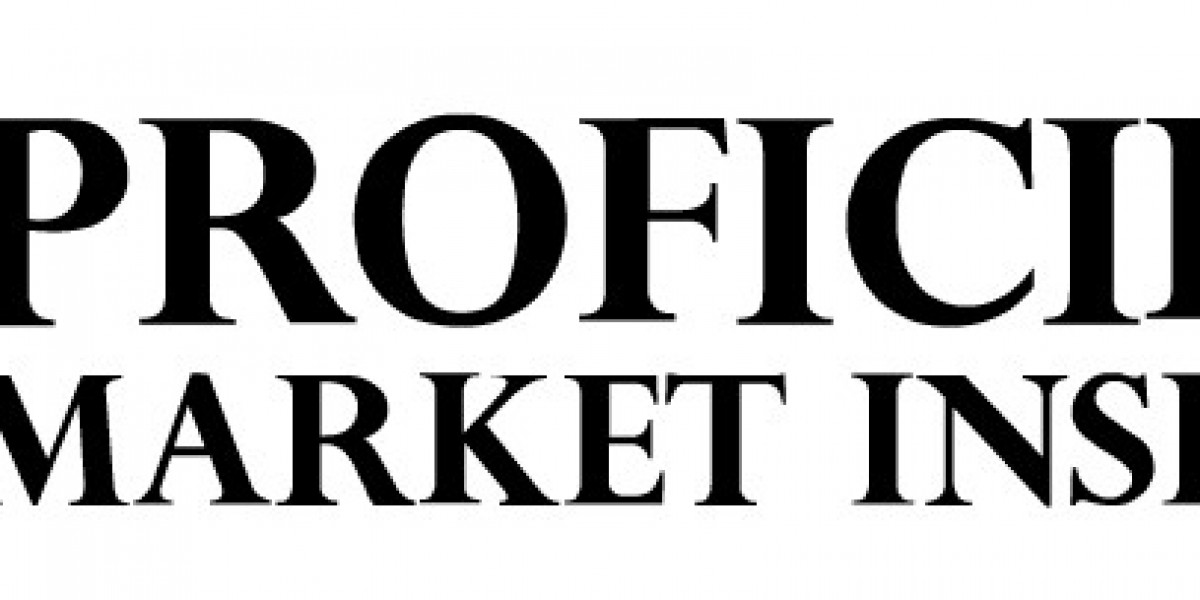Pharmacovigilance (PV) is a crucial aspect of healthcare that ensures the safety and efficacy of medications. In the UK, regulatory services play a vital role in monitoring, evaluating, and improving drug safety. This blog will explore the key components of pharmacovigilance and the regulatory landscape in the UK, highlighting the importance of these services in protecting public health.
What is Pharmacovigilance?
Pharmacovigilance, often abbreviated as PV, refers to the activities and science related to the detection, assessment, understanding, and prevention of adverse effects or any other drug-related problems. The primary goal of PV is to enhance patient safety and improve public health by ensuring that the benefits of medications outweigh their risks.
The Role of the Medicines and Healthcare products Regulatory Agency (MHRA)
In the UK, the Medicines and Healthcare Products Regulatory Agency (MHRA) is the key regulatory body responsible for ensuring that medicines and medical devices are safe, effective, and of high quality. The MHRA’s responsibilities include:
Monitoring Drug Safety: MHRA continuously monitors the safety of medicines and medical devices through adverse event reporting systems.
Regulatory Approvals: They evaluate and approve new medicines before they can be marketed in the UK.
Inspections and Audits: The agency conducts inspections and audits to ensure compliance with regulatory standards.
Risk Management: MHRA develops and implements risk management strategies to mitigate potential risks associated with medicinal products.
Adverse Drug Reaction (ADR) Reporting
One of the fundamental components of pharmacovigilance services in UK is the reporting of adverse drug reactions (ADRs). In the UK, healthcare professionals and patients can report ADRs through the Yellow Card Scheme, which is managed by the MHRA. This system allows for the collection and analysis of data on suspected adverse reactions, helping to identify potential safety issues.
The Importance of PV Risk Management Plans (RMPs)
Risk Management Plans (RMPs) are essential tools in the field of pharmacovigilance. An RMP outlines the strategies and measures a pharmaceutical company will implement to identify, assess, and minimize the risks associated with a medicinal product. These plans are submitted to the MHRA as part of the regulatory approval process and are continuously updated throughout the product’s lifecycle.
PV Signal Detection and Evaluation
Signal detection is a critical aspect of pharmacovigilance, involving the identification of new or unknown safety issues from a variety of data sources. The MHRA employs advanced statistical methods and data mining techniques to detect signals. Once a signal is identified, it undergoes thorough evaluation to determine if there is a causal relationship between the drug and the reported adverse event.
Post-Market Surveillance
Post-market surveillance is the continuous monitoring of a drug’s safety and efficacy after it has been approved for use. This involves the collection of real-world data on the drug’s performance, enabling the MHRA to take timely regulatory actions if necessary. Post-market surveillance is essential for detecting long-term or rare adverse effects that may not have been evident during clinical trials.
The Role of Pharmacovigilance in Drug Development Services
Pharmacovigilance is not limited to post-market activities; it plays a vital role throughout the drug development process. During clinical trial Services, safety data is collected and analyzed to identify potential risks. This information is crucial for designing risk mitigation strategies and ensuring that only safe and effective drugs reach the market.
Collaboration with International Regulatory Bodies
The MHRA collaborates with international regulatory bodies such as the European Medicines Agency (EMA) and the World Health Organization (WHO) to harmonize pharmacovigilance practices and share safety information. This global collaboration enhances the ability to detect and respond to safety issues promptly.
Conclusion
Pharmacovigilance and regulatory services in UK are indispensable components of the healthcare system in the UK. The MHRA’s rigorous monitoring, evaluation, and regulatory processes ensure that medications available to the public are safe and effective. By continuously improving pharmacovigilance practices and fostering international collaboration, the UK remains at the forefront of drug safety and public health protection.








